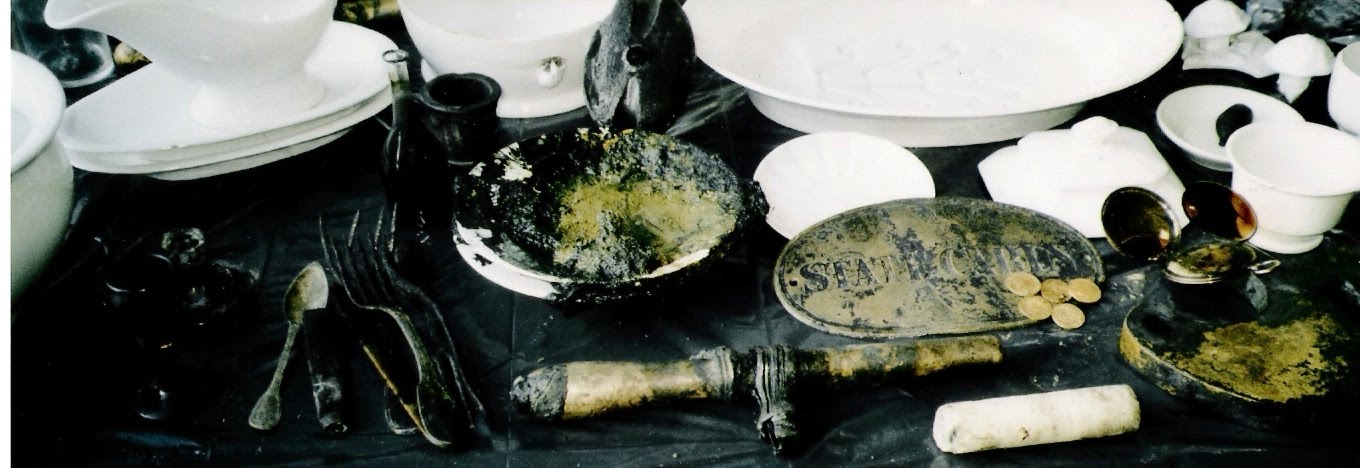Jess Teideman -
Scuba diving can transport you to a magical underwater world, but in rare cases the pressure can be dangerous.
It was a bright winter day in 2001 at Kingscliff in northern NSW, and 18-year-old Daniel Trollope was on one of his regular dives to the reef.
It wasn't until the rugby union player got to his first decompression stop at 5m that things started to go wrong.
He felt exhausted and noticed sharp pains in his lower back.
"When I got to the surface, I blacked out and had to be pulled into the boat," Daniel, now 28, says.
"I could hear everything around me, but couldn't even open my eyes."
Back on dry land he walked to waiting paramedics.
That was the last time he walked.
Daniel, an experienced diver who says he'd followed all safety procedures and used both dive tables and a dive computer, was suffering a severe case of the bends - which happens in roughly one in 20,000 dives.
After 16 visits to the recompression (hyperbaric) chamber, he regained some feeling, but was left with symptoms similar to spinal-cord injury.
Decompression sickness (DCS), known as 'the bends' because of the associated joint pain, is a potentially deadly condition caused by bubbles of nitrogen gas forming in the blood and tissues.
It's most common among divers using scuba tanks, but can affect free-divers and people at high altitude.

Posted via http://maritime-news.posterous.com Maritime-News posterous
.jpg)
No comments:
Post a Comment